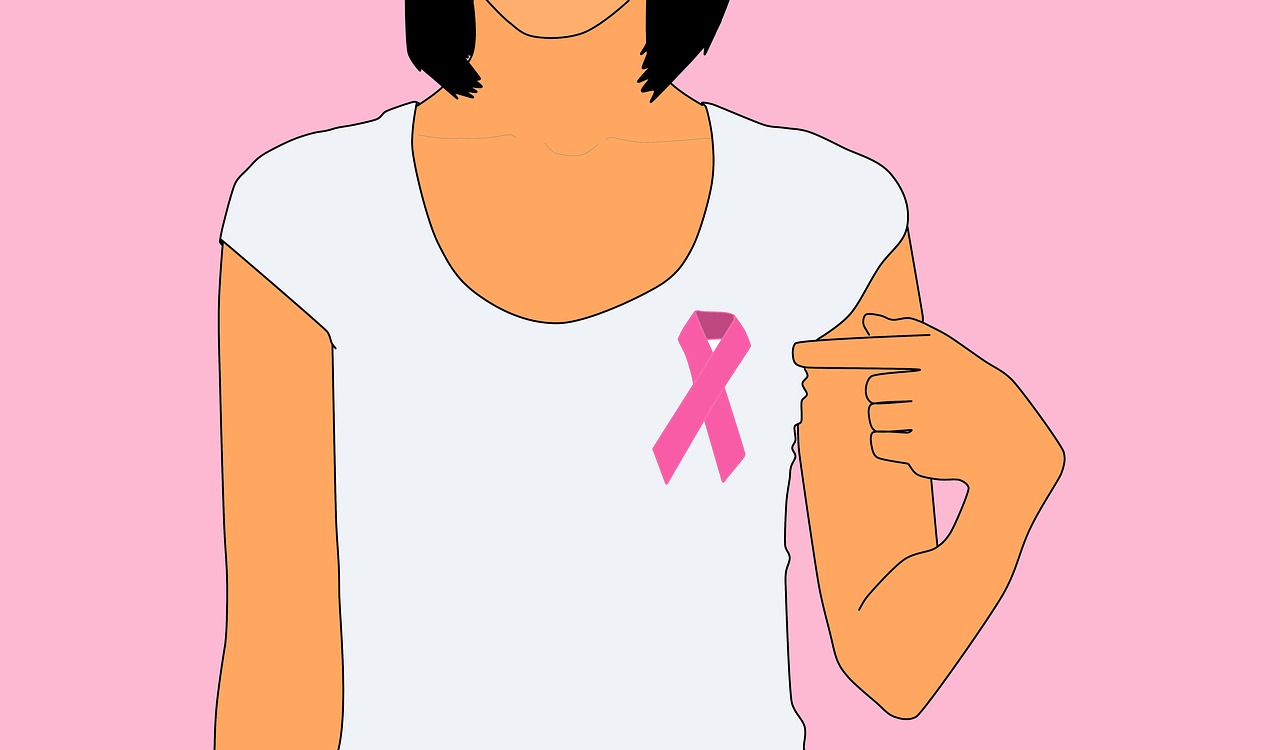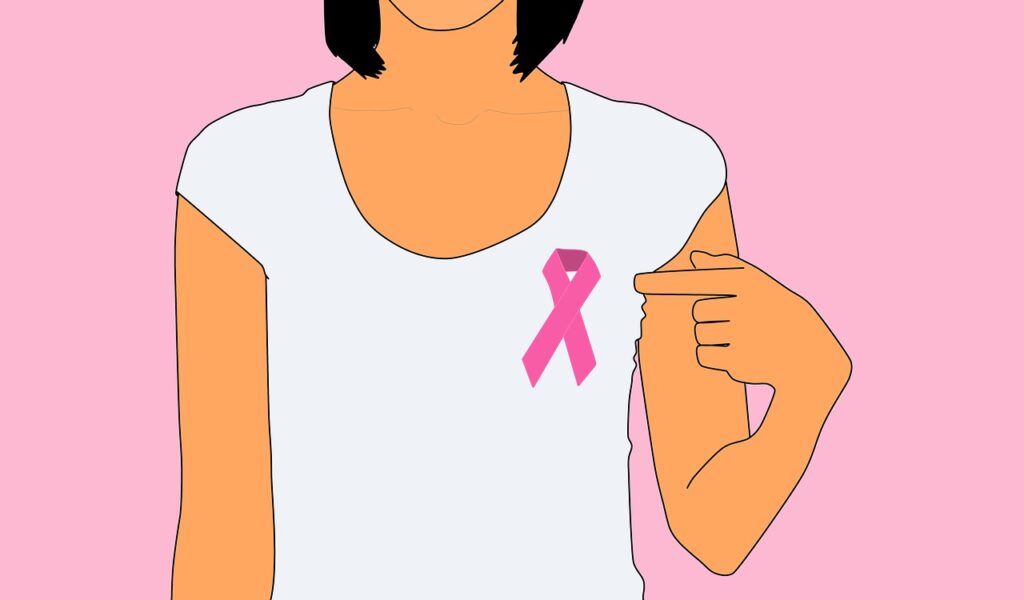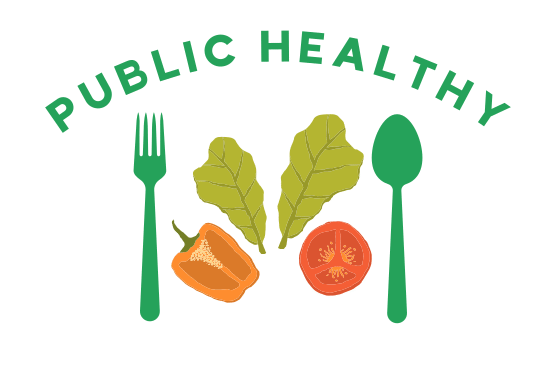
Breast cancer is a malignant tumor that has developed from the cells of the breasts. The main components of the female breast are lobules (milk producing glands), ducts (milk passages that connect the lobules and the nipple), and stroma (fatty tissue and ligaments surrounding the ducts and lobules, blood vessels, and lymphatic vessels). If breast cancer always stayed confined to the breast, it would not be life threatening. The problem is that the breast cancer cells migrate into the nearby lymph vessels and blood vessels and travel to other parts of the body where they can multiply, grow, and interfere with critical organ functioning. This is why it is so important to detect breast cancer at a very early stage, before it has had the chance to spread elsewhere in the body.

Breast Cancer Statistics
Breast cancer is the most common life threatening cancer in women in the United States: A woman who lives into her eighties has a one in nine chance of developing breast cancer. In 1960, a woman’s lifetime chance of getting breast cancer was only one in fourteen. Luckily, this increase in the chance of developing breast cancer has leveled off in the 1990s. In 1999, more than 180,000 American women developed breast cancer, and another 40,000 women were diagnosed with in situ, or preinvasive breast cancer. Approximately three fourths of women with breast cancer in the United States are over age fifty, and half of all breast cancers occur in women sixty five years old and older. These statistics are compiled yearly by the American Cancer Society. See Appendix B for information on how to reach them.
Breast Cancer Survival
Although one in nine women in the United States will develop breast cancer, only one in thirty will die from this disease. The American Cancer Society estimated that 43,300 women in the United States died from breast cancer in 1999. Breast cancer is the second leading cause of cancer death in women, after lung cancer. It is the leading cause of cancer death among women age forty to fifty five years. Although there is some fluctuation in the numbers, it looks as if the death rate from breast cancer is falling. In the early 1990s, the death rate for breast cancer dropped approximately 5 percent. This may be due to earlier detection, better treatment, or both.
The five year survival rate for localized breast cancer has increased from 72 percent in the 1940s to 97 percent today. If the cancer has spread regionally (to the lymph nodes), the five year survival rate is 77 percent. For women with distant metastases, this rate is 22 percent. As many as 69 percent of all women diagnosed with breast cancer survive ten years, and fifty seven percent survive fifteen years. Research suggests that the death rate from breast cancer could decrease by 30 percent if all women followed screening mammography guidelines. That translates into almost 12,000 lives saved each year! Early detection of breast cancer gives a woman her best chance for survival.
What Causes Breast Cancer?
Although we know some of the risk factors that increase a woman’s chances of developing breast cancer, we do not yet understand what causes most breast cancers. Researchers are making great progress in understanding how certain changes in DNA can cause normal cells to become cancerous. DNA is the chemical that carries the instructions for nearly everything our cells do. Some genes (parts of DNA) contain instructions for controlling when our cells grow, divide, and die. We know that cancer can be caused by DNA mutations (changes) that “turn on” oncogenes cancer related genes that promote cell division or “turn off” tumor suppressor genes. An error in DNA that results in the activation of an oncogene is like stepping down on the accelerator of a car it speeds up cell growth and division. Tumor suppressor genes slow down cell division or cause cells to die at the right time. An error in DNA that results in the disabling of a tumor suppressor gene is like letting up on the brakes of a car it speeds up cell growth and division.
Certain inherited DNA changes can cause some cancers to occur very frequently and are responsible for cancers that run in some families. Most DNA mutations related to breast cancer occur during a woman’s life rather than having been inherited from her parents or distant ancestors. These are the DNA changes that are most likely due to a woman’s environment (such as from radiation or chemicals) or lifestyle. So far, studies have not been able to identify any particular chemical in the environment or in our diets that is likely to cause these mutations.
Breast Cancer Risk Factors
A risk factor is anything that increases your chance of getting a disease. Different cancers have different risk factors. Having one risk factor, or even several, does not necessarily mean that you will develop the disease. Some women with one or more breast cancer risk factors never develop the disease, while many breast cancer patients have no obvious risk factors. Even when a patient has a risk factor, there is no way to prove that it caused her breast cancer. There are different kinds of risk factors. Some, like a person’s age, family history, and gender, can’t be changed. Others are linked to cancer causing factors in the environment. Still others are related to personal choices, such as lack of exercise, inadequate diet, and drinking alcohol. Some factors influence risk more than others. For example, advancing age, personal history of breast cancer, and family history of breast cancer are risk factors that could increase a woman’s risk to above that of the average woman. A woman’s risk for developing breast cancer can change over time. A change in risk could be caused by increasing age or a breast biopsy result. A young woman may not think about having a new genetic risk for breast cancer if no one in her family has had the disease.

Leave a Reply
Your email address will not be published. Required fields are marked *